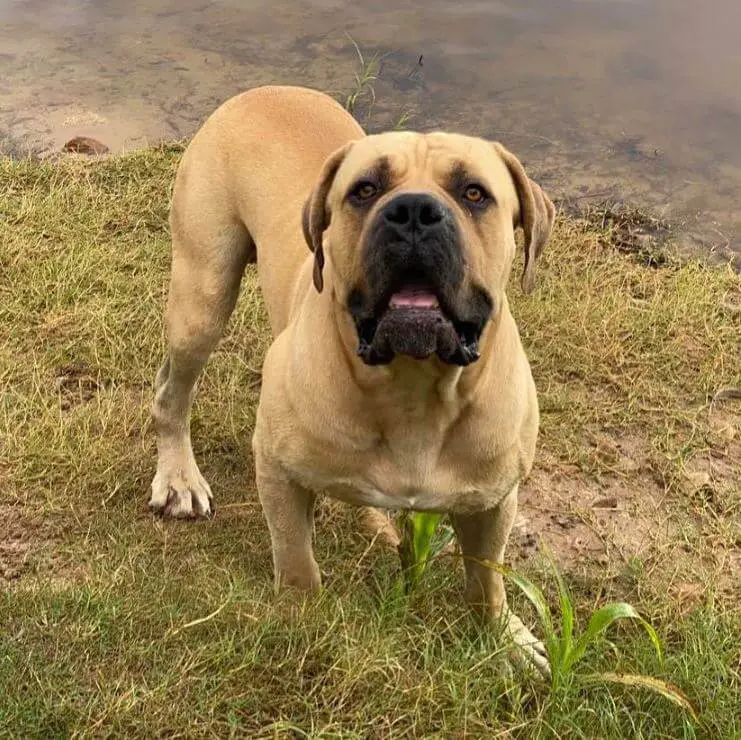Orthopedic problems can significantly impact a dog’s mobility, comfort, and overall quality of life. As a responsible dog owner, it’s important to be aware of common orthopedic issues that can affect your canine companion. In this article, we will discuss various orthopedic problems that dogs may encounter, their signs and symptoms, and available treatment options to help you better understand and address these conditions.

Canine Hip Dysplasia:
Canine hip dysplasia is a common orthopedic condition characterized by abnormal development of the hip joint. It primarily affects large and giant breed dogs. Some signs of hip dysplasia include:
- Difficulty getting up or climbing stairs
- Stiffness or lameness in the hind limbs
- Reluctance to jump or engage in physical activity
Treatment options for hip dysplasia may include weight management, physical therapy, anti-inflammatory medications, and in severe cases, surgical interventions such as total hip replacement or femoral head ostectomy.
Osteoarthritis:
Osteoarthritis is a degenerative joint disease that commonly affects older dogs. It occurs when the cartilage that cushions the joints wears down over time, leading to inflammation and pain. Signs of osteoarthritis in dogs include:
- Limping or favoring certain limbs
- Stiffness and difficulty rising
- Reluctance to engage in physical activity
- Joint swelling and sensitivity
Treatment for osteoarthritis may involve weight management, exercise modification, non-steroidal anti-inflammatory drugs (NSAIDs), joint supplements, physical therapy, and other pain management techniques as recommended by a veterinarian.

Cruciate Ligament Injury:
Cruciate ligament injuries, particularly the rupture of the cranial cruciate ligament (CCL), are common orthopedic problems in dogs. These injuries can cause sudden lameness, difficulty bearing weight on the affected leg, and swelling around the knee joint. Treatment options for CCL injuries may include conservative management with rest, restricted activity, and pain medication, or surgical intervention such as a TPLO (tibial plateau leveling osteotomy) or TTA (tibial tuberosity advancement) procedure.
Patellar Luxation:
Patellar luxation occurs when the kneecap (patella) slips out of its normal position. It can lead to intermittent or permanent lameness, hopping or skipping on the affected leg, and joint stiffness. Treatment options for patellar luxation depend on the severity and may include physical therapy, weight management, pain medication, and in severe cases, corrective surgery.
Intervertebral Disc Disease (IVDD):
IVDD is a condition that affects the spinal discs and can cause pain, nerve damage, and even paralysis in dogs. Signs of IVDD include back or neck pain, difficulty walking or jumping, weakness in the limbs, and loss of bladder or bowel control. Treatment options for IVDD vary depending on the severity and may involve rest, medication, physical therapy, or in severe cases, surgical intervention.

Orthopedic problems can significantly impact a dog’s well-being and require appropriate management and treatment. If you notice any signs of orthopedic issues in your dog, it’s crucial to consult with a veterinarian for a proper diagnosis and guidance on the most suitable treatment options. By staying proactive and providing the necessary care, you can help your furry companion lead a comfortable and active life despite orthopedic challenges.
